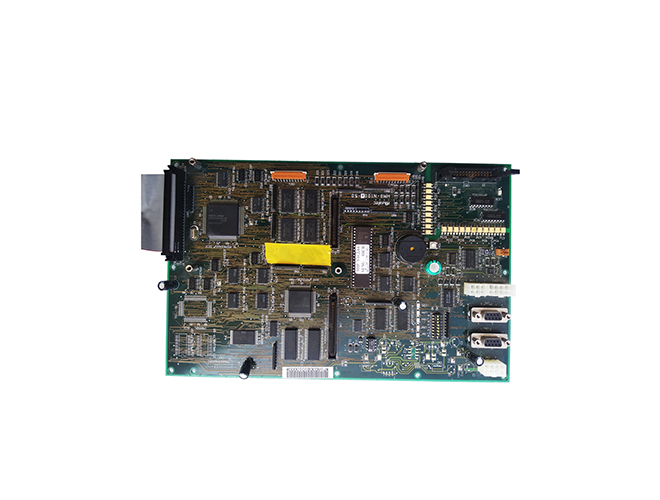-
CN
-
Service Hotline
+8618129931046 Mr. Liao


Time:2025-10-13 Views:1

Printed Circuit Boards in new energy vehicles are critical components that underpin the vehicle's electrical and electronic systems, playing a pivotal role in ensuring safety, performance, and efficiency. These boards are designed to meet the unique and demanding requirements of new energy vehicles, which include electric vehicles (EVs) and hybrid electric vehicles (HEVs).
One of the primary challenges in designing PCBs for new energy vehicles is handling high - voltage and high - current systems. EVs and HEVs feature battery packs that operate at significantly higher voltages compared to traditional internal combustion engine vehicles. PCBs must be engineered with robust insulation materials and proper trace widths to safely carry these high - voltage and high - current signals without the risk of electrical arcing, short - circuits, or overheating. Specialized dielectric materials with high breakdown voltages, such as polyimide - based laminates, are commonly used to ensure electrical isolation between different circuit layers. Additionally, the layout of the PCB needs to carefully manage the current flow to minimize power losses and improve the overall efficiency of the vehicle's electrical system.
Thermal management is another crucial aspect. The operation of components like electric motors, inverters, and battery management systems generates a substantial amount of heat. PCBs are designed with features to enhance heat dissipation, such as large - area copper planes acting as heat sinks, thermal vias to transfer heat between layers, and the use of thermally conductive materials. These measures help maintain the optimal operating temperature of components, preventing performance degradation and extending the lifespan of the PCB and the associated electronic devices.
In terms of reliability, PCBs for new energy vehicles must withstand harsh operating conditions. They are exposed to vibrations, temperature fluctuations, and electromagnetic interference (EMI) during vehicle operation. To address these challenges, PCBs are often designed with a high degree of mechanical strength, using materials like fiberglass - reinforced epoxy laminates. Rigorous testing, including vibration testing, thermal cycling, and EMI shielding effectiveness testing, is conducted to ensure that the PCBs can function reliably over the vehicle's lifespan. Moreover, the integration of advanced features such as in - circuit testing points and diagnostic interfaces on the PCB enables efficient fault detection and maintenance, contributing to the overall safety and reliability of the new energy vehicle.